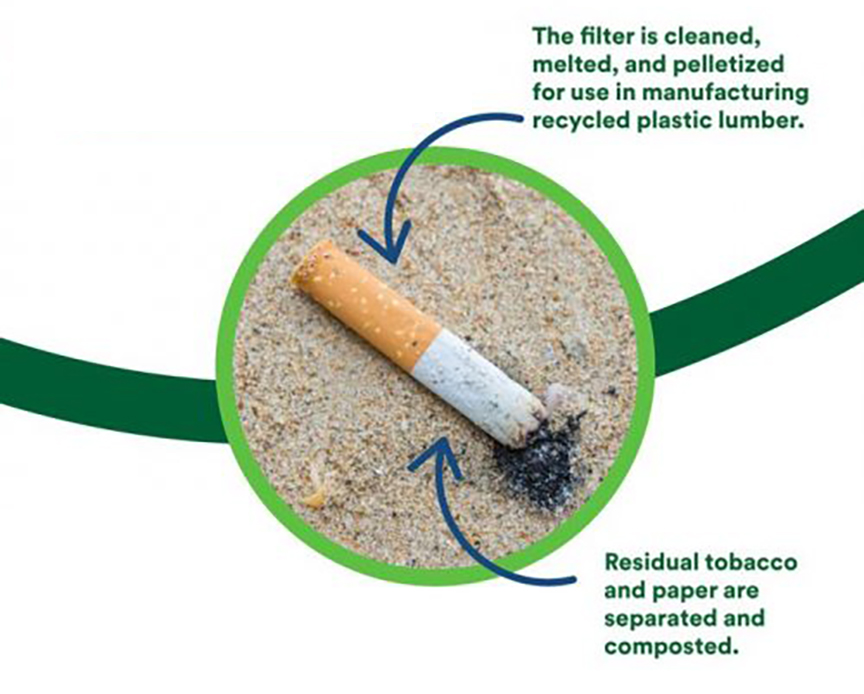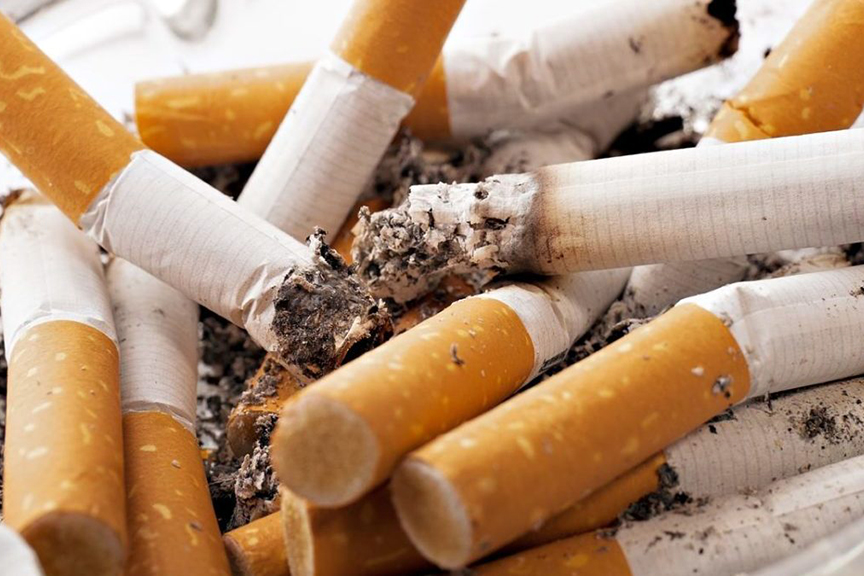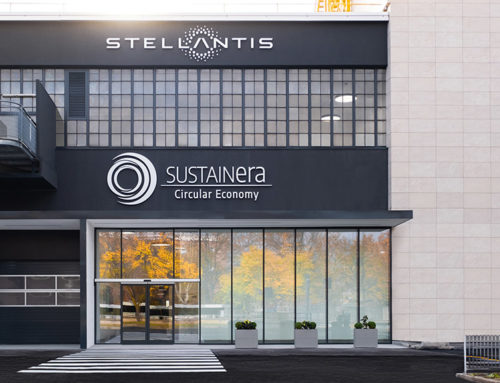Cigarette waste is a prime example of environmental negligence and the search for sustainable alternatives to traditional fuels using that waste has taken an innovative turn. Scientists are now exploring the untapped potential of an unexpected source: cigarette waste. As the global cigarette consumption reaches a staggering 6.5 trillion annually, the need for responsible waste management becomes increasingly urgent.
Stricter environmental regulations and the detrimental impact of fossil fuel pollution have spurred a quest for cleaner alternatives. Biodiesel, derived from vegetable oil or animal fat, has emerged as a biodegradable solution—four times faster degrading than traditional petroleum diesel and deemed non-toxic. However, the high production cost and potential pollution associated with biomass sources have hindered its widespread adoption.
Addressing these challenges, researchers, led by Samy Yousef from Kaunas University of Technology in Lithuania, are pioneering a groundbreaking approach. Harnessing the rich content of triacetin found in cigarette butts, the team is exploring the viability of recycling cigarette waste to produce green fuel.
“Triacetin is used as a plasticizer in cigarettes’ filter, so, naturally, cigarette butts are rich in it,” explains Samy Yousef, a chief researcher at Kaunas University of Technology.

The research, conducted in collaboration with the Lithuanian Energy Institute (LEI), utilizes pyrolysis to thermally decompose cigarette waste. The experiments, conducted at varying temperatures (650, 700, and 750°C), revealed that the highest quantity of triacetin (43%) was synthesized at 750°C.
One of the distinctive aspects of this research lies in its approach to toxic waste. With smokers generating over 1.1 million tons of cigarette butts annually, the waste contains not only triacetin but also toxic chemicals, carcinogens, microplastic fibers, and radioactive elements. The team’s novel approach treats cigarette butts as a mixture, providing a holistic solution to recycling this substantial waste stream.
“In our research group, we are working on the topics of recycling and waste management, therefore we are always looking for waste, which is present in huge amounts and has a unique structure,” Yousef explains. “Cigarettes are made of three components—tobacco, paper, and a filter made of cellulose acetate fibers—and are a good source of raw materials and energy.”
Through pyrolysis experiments, the researchers successfully extracted oil (38–39.5 wt%), char (25.7–27.7 wt%), and gas (33–36.4 wt%) from cigarette waste. The porous char, rich in calcium, has diverse applications, including fertilizers, wastewater treatment, absorbents, and energy storage. The gas produced can be utilized for energy purposes, while the oil, containing triacetin, can be an additive to biodiesel, potentially reducing production costs.
To integrate this emerging waste treatment technology into a circular economy system, a robust waste collection system, recycling strategy, and infrastructure are essential. Fortunately, cigarette butt collection systems, such as metal wastebaskets and ashtrays, are already widely used to separate them from solid waste.
The proposed recycling strategy involves pyrolysis treatment at 750°C, transforming cigarette butts into char, gas, and oil. The gaseous products can generate electricity and power the conversion plant, the char can serve as absorbents, and the oil can be added to biofuels, reducing reliance on traditional fossil fuels.
As the world grapples with the dual challenges of waste management and sustainable energy, the innovative use of cigarette waste offers a ray of hope. This research not only provides a green solution to a significant environmental problem but also presents a viable path towards a more sustainable and circular economy.






